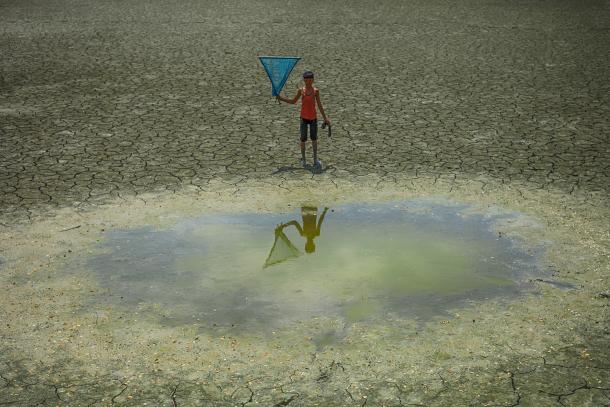State of Global Water Resources 2022 report released by WMO
The World Meteorological Organization (WMO) recently presented its second report on the status of global water resources.
The report offers an overview of water resources worldwide.
Key Highlights:
- River discharge: Over 50% of global catchments and reservoirs showed deviations, mostly drier than usual.
- Soil moisture and evapotranspiration: Anomalies in soil moisture and evapotranspiration also matched the deviations noted in river discharge conditions.
♦ Soil moisture: it influences exchange of water and energy fluxes at land surface/atmosphere interface and impacts streamflow generation.
♦ Evapotranspiration: process by which water is evaporated, from soil or vegetation surface. -
Snow cover and glaciers:
♦ Asian Water Tower (AWT): From 2000 to 2018, total glacier mass in region decreased by approximately 4.3%.
» AWT includes Tibetan Plateau, Himalayas, Karakorum, Hindu Kush, the Pamirs, and Tien Shan Mountains – collectively called the Third Pole.
♦ During 1980–2018, annual river run-off across most of AWT showed a significant increase in river such as
the upper Indus. -
Recommendations:
- enhanced data sharing to enable early warnings and more coordinated water management policies that are integral to climate action.
About World Meteorological Organization (WMO)
About: An intergovernmental organization. A specialised agency of the United Nations.
Headquarter:Geneva
Genesis: Established by WMO Convention in 1950.
Mandate: International cooperation for Earth’s atmosphere, its interaction with the land and oceans, the weather and climate it produces, and resulting distribution of water resources.
Members: 187 Member States and 6 Member Territories (including India).
Read about: Record Spike in Aerosol in Hindu Kush Region:ISRO
